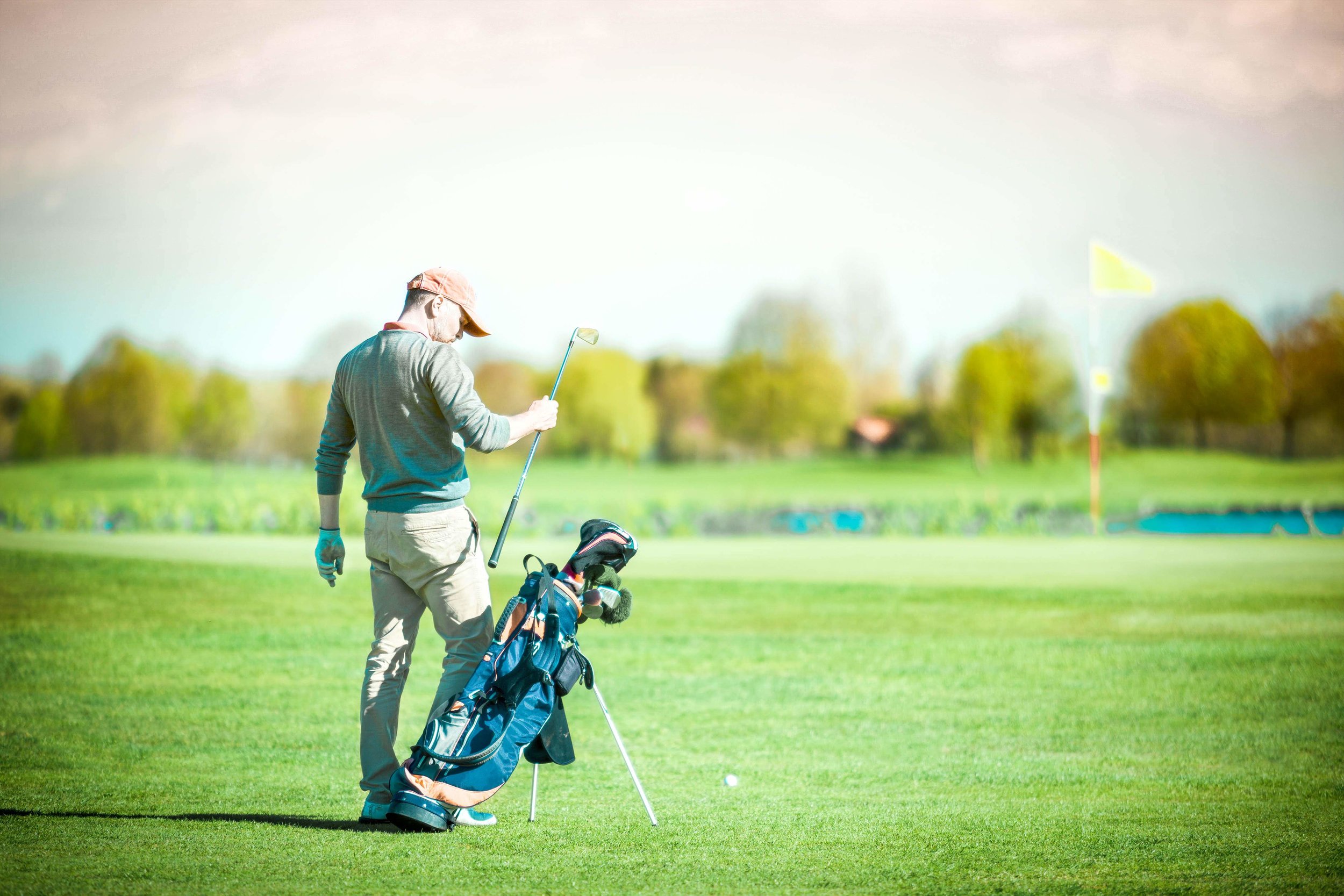Written by: Julie Blandin, PT + ATC + CSCS + PRC
Jason Day’s back pain made the news this past week during The Masters. While his back pain is nothing new, his trainer recently started incorporating some new and different exercises that required the use of a balloon into his program.
What?? A balloon?? How crazy is that???
Actually, it’s not crazy at all. Those exercises may have been ‘new’ to Jason Day and the news media, but they are secret-weapon fundamental exercises to many other athletes and also to our team at Thrive Proactive Health. Noone should ever be embarrassed or feel silly blowing up balloons. There is a profound science that explains the power of these balloons–it’s a science that can help millions of people if the media can help others to understand it a bit more.
Allow this blog to be your short introduction to a complex yet simple principle: our postural form and rotational function is balanced around our ability to breathe.
““Good” posture is the foundation to “good” movement. An athletic body in balance must have good posture and good movement. Our mechanical capacity to move air and breathe well precedes good posture and good movement.”
I put the word “good” in quotations because there is so much misinformation on what “good” posture really is. I often find myself teaching people what “good” posture is not and I have to help them construct a new paradigm of posture to retrain it properly.
An example of a lesson that I have to teach frequently:
It’s important to understand that good postures should not involve constant, active muscle engagement. You should not have to force or work hard to hold the body erect. Many people hang on to too much tension in an attempt to achieve “good” posture. If over-engaged, active muscles are you holding you with tension (meaning you feel unwanted tension or muscles working too hard), that’s a sign that you’ve compromised postural relationship with compensatory strategies acting on your postural system. Good posture should be effortless.
Good posture is built upon a postural frame that can breathe well. If you are looking to improve postural organization, then retraining breathing relationships should precede stretching or strengthening. Proper breathing improves postural balance and how parts of the body stack up tall. By regulating the proper length and tension relationship of the diaphragm, retraining diaphragmatic variance and diaphragmatic support, the postural system can find its alignment. The upper body and shoulders can find their home above the lower body, hips and pelvis. The realignment occurs as hyperactive chains of muscles learn to let go and relax. By letting go of excessive tension in the wrong places, your body then generates tension in the correct places to hold your body frame upright.
It is from that better place of alignment that your body can then rotate. When your postural relationships are stacked optimally, the shoulders can separate from your hips and rotation occurs without strainful effects on the lower spine. It’s these fundamental principles that Jason Day’s trainer understands and why a balloon is being incorporated into his exercise routine. The balloon is simply a biofeedback device and tool to train components of postural organization. The balloon helps to apply resistance to the breath just like a dumbbell would apply resistance to the bicep curl.
With balloon activities we observe the mechanics our clients use. We can see how the balloon challenges the resistance of the breath to better understand if the correct muscles are active and syncing for proper core activation. It is through the exhalation that key abdominals learn how to best support the diaphragm and spine. Our abdominals were designed to support the ribcage and mechanical respiratory system. It is through these key principles that core activation and proper dynamic spinal support originates. The abdominals wrap around our core at varying angles because of how the core was designed to rotate. Many people misuse their abdominals and train them in anti-rotational ways, when in fact our core is designed to rotate. In order to rotate without compensation, your ribs must move. This is the principle many people are lacking. Rotation can be a vulnerable movement for people that do not have a postural frame that breathes well. Rotation is a basic fundamental need for our body frame–by retraining proper breathing mechanics we can facilitate rotational support and coordination to better support the spine and core.
Golf is an obvious sport where rotational mobility is important, but even more important is how the full body rotation is controlled and sequenced. Without adequate control or correct postural setup, the way that your body rotates during a round of golf can influence how you move in the other areas of your life. In a recent article, the media described Jason Day pulling out his back while he was going to lift his daughter, but you better believe that had everything to do with his ribs and pelvis not working well together to rotate, bend, and flex. The motor control required to rotate is dictated by neuro-respiratory influences that need trained just as other traditional muscles need trained in golf fitness. When the right body parts are in sync with one another, rotation is effortless. When body parts are unorganized and misplaced, rotation can be straining, stressful and aggravating… thus, leading to pain and injury. We should be training muscles to synchronize and sequence well to best support our posture.
In closing, I hope you get my point: rotation doesn’t happen in a vacuum. Rotation is regulated through the weight shift and frontal plane. When I say frontal plane, I’m referencing the side to side weight shift of how your body transfers weight from left to right (or vice versa). The frontal plane movement at our ankles and hips influences the power and momentum that our core can generate to rotate properly throughout the swing.
Frontal plane organization and synchronization is the prerequisite to rotation. Prerequisite to frontal plane control is the quality of movement available to our mechanical breathing system.
Jason Day’s routine of breathing into balloons is directly related to that last piece. His trainer was helping him to find his foundational requisite so he could rotate without excessive compensation.
If you care about your human machine rotating properly, you want to have mobile ribs; which means that you should want to learn how to move air just like you move a dumbbell of weight. Breathing is a complex phenomena that influences every aspect of our lives. Breathing retraining offers us physical, psychological and physiological benefits to our well being. The balloon is a tool that helps the physical, mechanical dimensions regulate and train. Just like we apply weight and resistance to build up any muscle, we use the balloon to help the body sense and feel the correct muscles and a new body position.
At Thrive, we provide the Postural Restoration® expertise that has been implemented into Jason Day’s daily routine. We perform an evaluation on all clients to determine where their body is putting the brakes on rotation. We help clients discover if the prerequisites are in place for their body to produce a more effortless rotational motion. Thank you to Jason Day and his trainer for helping the world understand that blowing into a silly balloon is part of a science that every rotational athlete should embrace.









